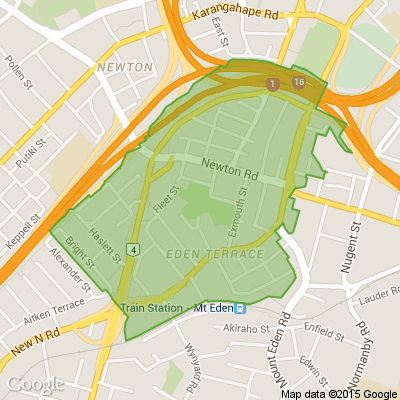Tips on Accelerating Your Comfort Level with a New Mattress
Getting started on the quest for the perfect night’s sleep with a new mattress can be exciting, but it often requires a period of adjustment.
If you've recently invested in a new mattress and are wondering about the time frame for adjustment, you're not alone.
Understanding the typical adjustment period can greatly improve your sleep health and ensure you get the most comfort out of your new bed.
The Personal Touch: Individual Variation in Adjustment
When it comes to adapting to a new mattress, there's no one-size-fits-all answer.
The mattress adjustment period can vary significantly depending on a number of personal factors.
Age, health, and even your usual sleep position can influence how quickly you adjust.
Generally, most people take anywhere from a few days up to a month to fully adapt to their new sleeping environment.
During this time, your body is acclimating to the support and feel of the mattress, which may differ significantly from your old one.
Understanding Mattress Types and Their Impact
The type of mattress you choose also plays a crucial role in your adjustment period.
Memory foam, for instance, may require a longer adjustment period as it contours more significantly to your body compared to a traditional spring mattress.
On the other hand, hybrid mattresses—a combination of foam and springs—offer a balance of support and cushioning, which might ease the adaptation process.
Tips for a Smoother Transition
Adapting to your new mattress is not just about waiting it out; there are active steps you can take to make the process smoother:
Maintain a consistent sleep schedule. Going to bed and waking up at the same time every day sets your body’s internal clock, which can help reduce the adjustment time.
Create a comfortable sleep environment. Ensure your bedroom is conducive to sleep—consider factors like temperature, light, and noise.
Give it time. Even if your new mattress feels different or not quite right initially, give it a few weeks, as initial discomfort is common.
Exploring more about how to enhance your sleep environment for a comfortable sleep, you can check out Beds4U Bedding.
Recognizing the Signs of Successful Adjustment
How do you know if you're well-adjusted to your new mattress?
Look for positive changes in your sleep quality and health.
You should experience less tossing and turning, fewer awakenings through the night, and reduced morning stiffness or soreness.
Increased sleep quality and waking up feeling rested are clear indicators that your body has adapted to the new mattress.
Comfort with Confidence
Adjusting to a new mattress is a unique experience that varies from person to person.
By understanding your needs and the characteristics of different mattress types, along with employing tips to aid the transition, you can enhance your sleep quality significantly.
Remember, a good night's sleep is crucial for your overall health and well-being.
At Beds4U, we are committed to helping you find that perfect sleep solution.
With a wide range of high-quality mattresses and a knowledgeable team eager to assist, finding your ideal comfort is just a visit away.
Explore our latest collections and sales at Beds4U and start enjoying a more comfortable sleep tonight.

Poll: Are our Kiwi summer holidays helping us recharge, or holding the economy back? ☀️🥝
There’s growing debate about whether New Zealand’s extended Christmas break (and the slowdown that comes with it) affects productivity.
Tracy Watkins has weighed in ... now it’s your turn. What’s your take? 🤔

-
72.6% We work hard, we deserve a break!
-
17.7% Hmm, maybe?
-
9.7% Yes!
A riddle to start the festive season 🌲🎁🌟
I'm a fruit. If you take away my first letter, I'm a crime. If you take away my first two letters, I'm an animal. If you take away my first and last letter, I'm a form of music. What am I?
Do you think you know the answer? Simply 'Like' this post if you know the answer and the big reveal will be posted in the comments at 2pm on the day!
Want to stop seeing these in your newsfeed?
Head here and hover on the Following button on the top right of the page (and it will show Unfollow) and then click it. If it is giving you the option to Follow, then you've successfully unfollowed the Riddles page.

WiFi Services Auckland Wide
Do you have slow WiFi? Buffering? Deadzones & Dropouts? Give us a call for a free site visit and quote Auckland wide!
0800 943 439
hello@thewifiexperts.co.nz
www.thewifiexperts.co.nz...







 Loading…
Loading…




